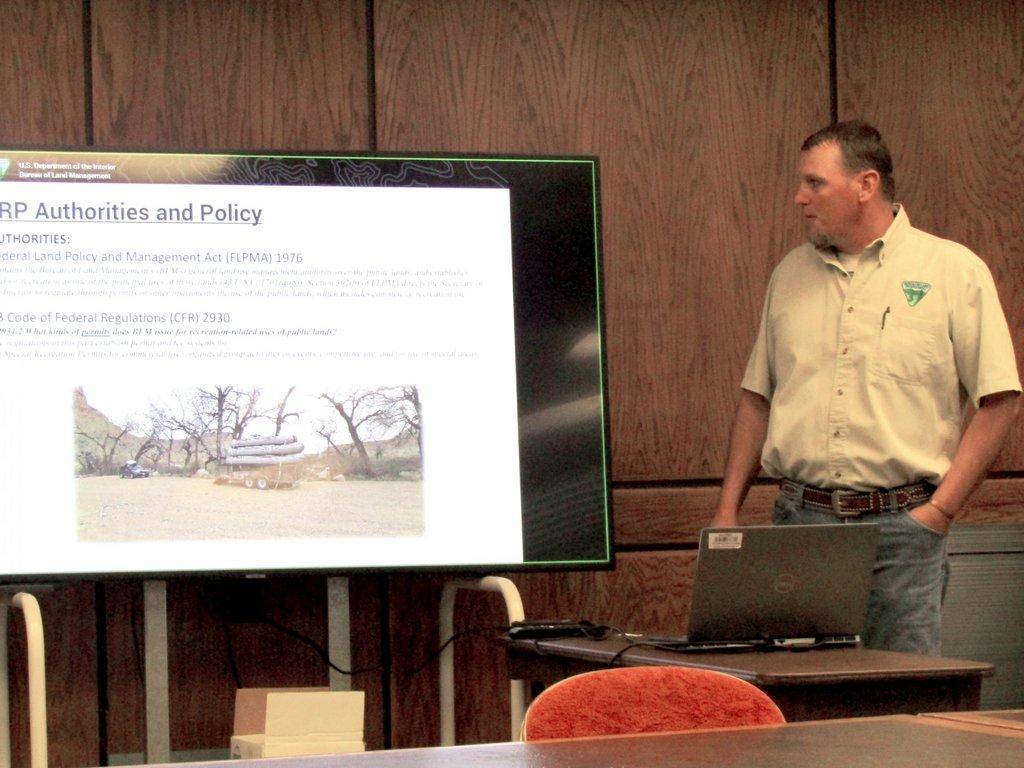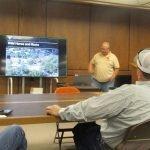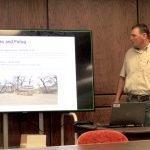By Julie Johansen
The San Rafael Swell Recreation Area Advisory Council hosted a field trip on May 24 and a public meeting on May 25. The field trip was to view areas of critical environmental concern, including special recreation areas and their facilities, grazing, and other public concerns. It was also to stress the importance of public partnership in managing public lands.
The advisory council was outlined by the John D. Dingell Jr. Conservation, Management and Recreation Act of 2019 to advise the Bureau of Land Management (BLM) in the preparation and implementation of the recreation area outlined in the legislation. It includes members from the Emery County Commission, Kent Wilson; the non-motorized group, Rod Player; the motorized group, Les Wilberg; grazers, Leon McElprang; historical interests, Wade Allinson; conservation group, Sue Bellagamba; a tribal member; and the Green River District Manager for the Bureau of Land Management, Lance Porter.
“We appreciate the members volunteering their time to make recommendations to the bureau,” Porter wrote.
The tour on Tuesday featured a hands-on look at the Wedge Overlook, Buckhorn Draw and areas around the San Rafael River. This enabled the council to see the areas and converse about their recommendations to the BLM for improvements, concerns and management of the areas. Council members spent eight hours looking at the campground locations and the reasonings behind their placements.
On Wednesday at the public meeting, advisory council chairman Les Wilberg reviewed the agenda and welcomed all to the meeting at the Emery County administration building in Castle Dale. The first item on the agenda was a presentation by Mike Twedell, the BLM assistant field manager over wildlife and range.
He began by explaining the Wild Horse and Burro Act of 1971, which designates management of the herds at the appropriate level in three areas, including Sinbad, Muddy Creek and Range Creek. He stated that management level for wild horses is 75 to 125 head. Currently, there is an estimated amount of 206 horses.
The burros are above 200 head with a management level at about 50-75 head. There was a burro gather in May, but it was unsuccessful. They are trying to coordinate efforts between grazers and the Wild Horse and Burro Act, but there seems to be lack of rationale at the federal level, which mandates what the district office can do.
Myron Jeffs, BLM Recreation, then provided an update on the Special Recreational Permits (SRP). These permits are issued to control visitor use, promote safety and health, and provide fair market value required by the Federal Land Policy and Management Act. There are five different types of permits: commercial, competitive, vending, special use and organized groups.
In the Price district, the most common is the commercial permit. Before the permit is issued, there must be the capability of monitoring the use. The fees are a minimum of $115 or $6 per person, whichever is greater. This is to cover administrative costs. They also require National Environmental Policy Act (NEPA) action, so permits can take as long as 180 days to receive. There are multi-year and multi-office permits available. In 2021, there were 89 SRPs issued from the Price office with 62 for use in the Swell.
Following a short break, public comments were welcomed. Comments were made from Judi Brawer, who attended virtually. She appreciated the tour but was concerned about the increased visitor use and called for a management plan for the entire recreation area.
The advisory council then began its formal recommendations to the BLM. These included campgrounds along the Wedge Overlook; road restrictions not to interfere with the bighorn sheep lambing in the area; restoration of the topography of the land; the fencing and management of the campgrounds in Buckhorn Wash; and signage and tie racks at the shore area of San Rafael River near Moore Canyon to ensure that grazers can access their corrals during gathering time from February to May.
The meeting was then concluded, but the council will meet regularly and receive reports from the BLM as the implementations are underway.



